The Smarter Way to Build a WordPress Site in 2025
So here we are, heading into 2025, and WordPress is still the king of website platforms. It’s easy to see why—it’s powerful, flexible, and runs a massive chunk of the internet.
If you’ve ever built a WordPress site, you’ve probably hit that frustrating point where things... stop working.
You pick a good-looking theme, install a few plugins (okay, more like 20), and everything seems fine… until your site slows down, updates start breaking things, and plugins stop playing nice with each other. Suddenly, you’re spending more time fixing your website than actually using it.
Spoiler Alert: It doesn’t have to be this way.
You can have a WordPress site that’s fast, flexible, and works exactly the way you want—without all the plugin chaos.
The Quick and Easy Trap
When most people set up a WordPress site, they’re looking for the fastest path to “done.” And I understand. The faster your website is live, the quicker you can start doing business. It makes sense in theory, but don’t fall for this “Quick and Easy” trap. Why is it a trap? Because WordPress lets you build however you want—no rules, no warnings.
The tools are marketed to look like plug-and-play solutions, especially for DIYers. No one warns you about the long-term mess it creates. So you do what everyone does: grab a pre-built theme, then start adding plugins for every feature you need—contact forms, SEO, analytics, e-comm, calendars, popups, sliders, and the list goes on.
And that strategy kind of works. For a while.
But the more plugins you have, the more your site becomes a house of cards—eventually, one little change causes the whole thing to collapse. Themes are bloated with features you don’t need. Plugins don’t always play nicely together. And every update introduces a new opportunity for something to break.
It’s a common mistake because it feels like the right thing to do. More plugins = more power, right? But in practice, it’s the fastest way to make your site unstable, slow, and frustrating to manage.
How We Build WordPress Sites (Without the Chaos)
So, how do you avoid the headaches of the “quick and easy” approach while still taking advantage of everything WordPress has to offer? For us, it’s all about using the right tools and keeping things as lightweight and efficient as possible.
We start with a barebones theme made by Elementor, specifically built to integrate with their visual builder. From there, we use Elementor and CrocoBlock, a toolkit built to extend Elementor, to add advanced functionality like dynamic content, custom post types, filtering, and more—all without needing extra plugins for every feature.
Everything runs on WP Engine, which handles security, caching, speed, and backups at the server level. So we’re not relying on five more plugins to patch performance. That keeps the site clean and efficient, and it means fewer moving parts to go wrong.
This setup gives us all the power of WordPress—without the plugin overload.
The Hidden Costs of a Bloated Site
A client came to us with six WordPress sites, all hosted on Namecheap, and each site had 25–30 plugins.
On the surface, stacking plugins and features feels like a smart move. Need a form? There’s a plugin for that. Need pop-ups, sliders, calendars, or e-commerce? Just add more plugins.
But every plugin adds weight and risk. Most are built by different developers with different coding standards. Plugins aren’t built to work as a team, so one overlooked update can cause a conflict—or open up a security issue you didn’t see coming. Over time, your once-smooth site becomes a bloated, fragile mess.
Even if it’s technically “working,” the costs start adding up:
Slower load times mean people bounce before they even see what you offer.
Random bugs make you look unprofessional—and chip away at trust.
Downtime or broken features can lead to missed leads, lost sales, and frustrated customers who won’t come back.
You burn hours chasing issues instead of doing actual work.
It wasn’t just frustrating—it was costing them real business.
In this client’s case, contact forms stopped delivering messages, booking pages wouldn’t load, and product pages crashed during peak sales. They didn’t realize how many opportunities were slipping through the cracks until they looked at the numbers.
We migrated everything to our setup: Elementor, CrocoBlock, and WP Engine. No more plugin patchwork. No more guessing games with updates. Just a system designed to work together.
The difference? Dramatic. Their sites ran faster, stayed up longer, and became easier to manage. Not only did the support issues disappear, but they saw real improvements in customer experience and sales. They could finally focus on their business, not their tech stack.
Why We Like This Approach
By sticking with tools that are built to integrate—Elementor, CrocoBlock, and a clean WordPress setup—we avoid most of the common conflicts that derail typical WordPress sites.
CrocoBlock is built specifically for Elementor, so everything plays nicely. And with WP Engine covering the backend (speed, security, updates), we don’t need to layer on “fix it” plugins just to get decent performance.
Fewer tools. Smarter tools. Way fewer problems.
Let Us Show You the Difference
If your WordPress site feels slower, buggier, or more stressful than it should, we can help.
We’ll clone your site into our environment, run a full-page speed test, and show you exactly what’s working and what’s holding you back—with no strings attached.
When you're ready to make the switch, our hosting plan is just $49/month.
That monthly fee covers more than just hosting. We maintain the licenses for all the advanced plugins we use, which offsets costs about $400 a year. So you're not just getting a faster, more reliable site—you’re getting premium tools without the extra expense.
It’s time to stop duct-taping your WordPress site together.
Let’s build something that actually works.

